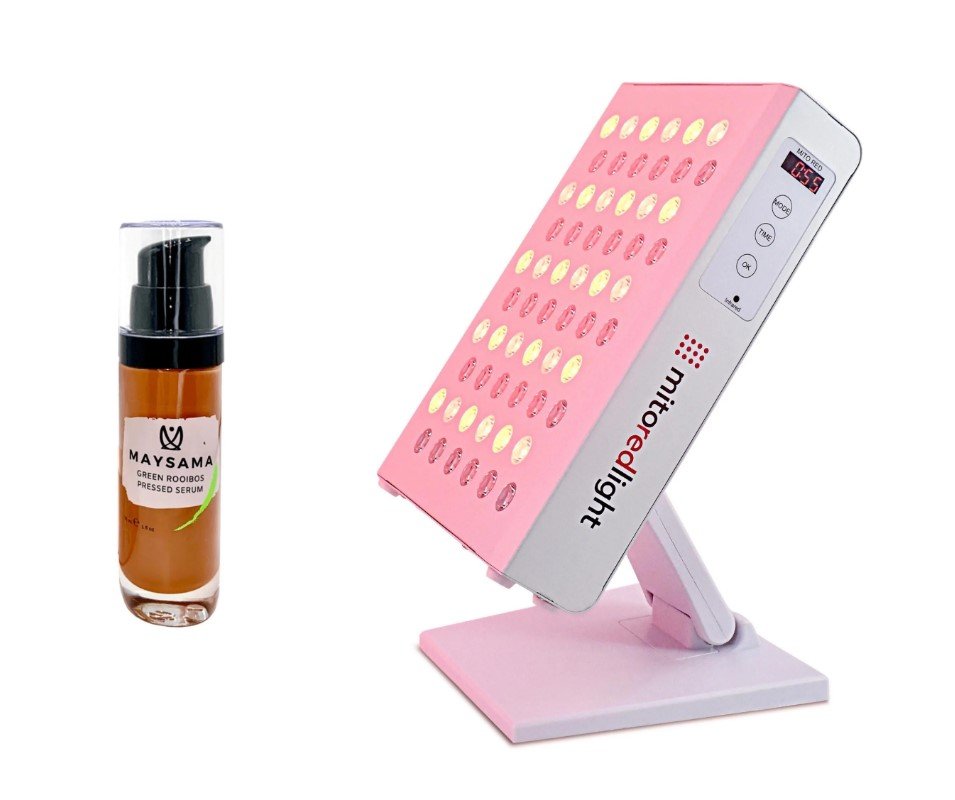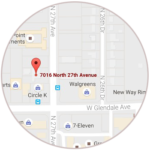
Anxiety disorders affect millions of people worldwide, leading to significant emotional distress and impaired quality of life. While various treatment options exist, researchers are constantly exploring novel therapies to alleviate symptoms and improve overall well-being. One such emerging treatment is red light therapy, a non-invasive and safe therapeutic approach. In this article, we will delve into a study published in the Journal of Psychiatric Research, titled “Effect of red light in the treatment of patients with anxiety: A randomized clinical trial,” and discuss how red light therapy shows promise as an effective treatment for anxiety.
The Study: Red Light Therapy and Anxiety
The study, conducted by researchers at the University of Pisa, Italy, sought to investigate the potential benefits of red light therapy for individuals with anxiety disorders. The researchers recruited 68 participants diagnosed with generalized anxiety disorder (GAD) and randomized them into two groups: the red light therapy group and the control group.
The red light therapy group received sessions of red light exposure, whereas the control group received sham treatments. The treatment involved exposure to red light with a wavelength of 633 nanometers for 20 minutes per session, three times a week for a total of four weeks.
Findings and Benefits of Red Light Therapy
The study’s results showed significant improvements in anxiety symptoms among participants in the red light therapy group compared to the control group. The participants who received red light therapy experienced a significant reduction in anxiety symptoms, as measured by standardized anxiety scales, such as the Hamilton Anxiety Rating Scale (HAM-A) and the State-Trait Anxiety Inventory (STAI).
Moreover, the benefits of red light therapy extended beyond anxiety reduction. Participants in the red light therapy group reported improvements in sleep quality, mood, and overall well-being. These positive outcomes are noteworthy, as anxiety disorders often coexist with sleep disturbances and mood disorders.
Mechanisms of Action
Red light therapy is known to stimulate cellular energy production within the mitochondria, leading to improved cellular function and reduced oxidative stress. Additionally, red light therapy has also been shown to modulate brain activity and influence the release of neurotransmitters involved in mood regulation, such as serotonin and dopamine. By positively influencing these neurotransmitter systems, red light therapy may help restore the balance in brain circuits implicated in anxiety disorders.
Safety and Non-Invasiveness
One of the significant advantages of red light therapy is its safety. The therapy does not involve the use of drugs, minimizing the risk of side effects commonly associated with pharmacological interventions. Red light therapy has been found to be well-tolerated by participants, with no reported adverse effects during the study.
Furthermore, red light therapy is non-invasive and painless, making it an attractive treatment option for individuals who prefer a non-drug approach or have concerns about potential side effects.
Future Directions and Conclusion
While the study provides promising evidence for the efficacy of red light therapy in the treatment of anxiety, further research is needed to establish its long-term effects, optimal dosing protocols, and potential application in different anxiety disorders. Larger-scale clinical trials with diverse populations are necessary to validate these initial findings and determine the therapy’s broader effectiveness.
In conclusion, red light therapy holds potential as a safe and non-invasive treatment for anxiety. The study discussed here demonstrates its positive effects in reducing anxiety symptoms, improving sleep quality, and enhancing overall well-being. As research in this field progresses, red light therapy may emerge as a valuable adjunctive therapy or an alternative treatment option for individuals suffering from anxiety disorders, providing new hope for improved mental health and quality of life.
Red Light and Serotonin
Most of us know that blue light tends to keep us awake at night. Red light has the opposite effect! Studies have shown that the longer wavelengths associated with red light may help to improve serotonin levels, which is a brain chemical responsible for regulating anxiety, happiness, and mood. Read more about how Red Light can help you sleep better.
Get Started Today!
If you live close enough to come in person, we HIGHLY recommend doing so! We have 2 full size panels that will cover every inch of your body with this amazing healing light. Appointments are only 15 minutes and you can come in up to 3 times a week (recommended for the first 2-3 months). Call the office today at (602) 864-0304 to get started! We have the best prices in the Valley. Located in Phoenix, Arizona
Our in-office panels have 900 bulbs each (1800 in total) and have wavelengths of 630nm, 660nm, 810m, and 850nm. These are the wavelengths that are the best!
Don’t Live Close Enough to Come in Person?
No problem! You can get an At-Home Device HERE. Use code Dr.Kilcup5% to save money.

Is Red Light good for Mental Health?
Yes! Studies have shown that Red Light therapy has helped those with anxiety and depression. It can also help with better sleep and energy, which alone can account for helping a ton!
Does Red Light help with Stress?
Red Light therapy has been proven to reduce stress, anxiety, pain and depression. It is non-invasive and easy to do.
Is Red Light Safe to Use?
When used properly, Red Light therapy is very safe to use. Please follow the instructions of your office or at-home device to ensure proper usage.



